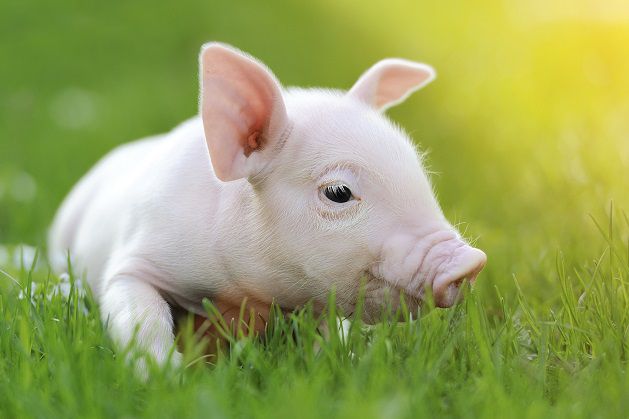


Therefore, in liver fluke areas all cattle are considered at risk. Black disease is thought to occur when there is damage to the liver, such as occurs with migrating liver fluke. Breeding females are also at a higher risk of clostridial disease if they sustain calving injuries. Once cattle reach market weight (typically 1,200 to 1,400 pounds at 18 to 22 months of age), they are sent to a packing plant (also called a processing facility), the United States Department of Agriculture (USDA) inspectors are stationed in all federally-inspected packing plants and oversee the implantation of safety, animal welfare and quality standards from the time animals enter the plant until the final beef products are shipped to grocery stores and restaurants. growing animals and rarely affect animals over 2 years of age. Feedlots can range in size, shape and geographic location. Veterinarians, nutritionists and cattlemen work together to look after each animal. Here cattle typically spend four to six months, during which time they have room to move around and eat at feed bunks containing a carefully-balanced diet made up of roughage (such as hay, grass and fiber), grain (such as corn, wheat and soybean meal) and local renewable feed sources (such as the tops of sugar beet plants, potato peelings or even citrus pulp). The coat of the Highland cattle consists of two layers: the undercoat and the oily outer coat, which is the longest among cattle species. Mature cattle are often moved to feedyards (also called feedlots). The Highland cattle are a Scottish breed of cow, otherwise called 'hairy cow'. About 1/3 of the female calves will stay on the farm to continue to grow and to become new mother cows the following year.Īfter weaning, cattle continue to grow and thrive by grazing on grass and pastures with farmers providing supplemental feed, including vitamins and minerals to meet all of their nutritional needs.Īfter weaning and/or during the stocker and backgrounder phase, cattle may be sold at livestock auction markets. These calves continue to graze on grass pastures. WeaningĬalves are weaned from their mother’s milk at about 6 to 10 months of age when they weigh between 450 and 700 pounds. Over the next few months, each calf will live off its mother’s milk and graze on grass pastures. The actual age depends on several factors: Feed availability - cows can continue lactation without. When a calf is born, it weighs about 60 to 100 pounds. Calves are generally weaned between 8-10 months of age. Screenshots from Butler Oaks post-Hurricane Irma video. Raising beef begins with farmers who maintain a breeding herd of mother cows that give birth to calves once a year. Animal activists still targeting livestock, dairy producers. Learn More About the Journey WHERE IT ALL BEGINS: COW-CALF


 0 kommentar(er)
0 kommentar(er)
